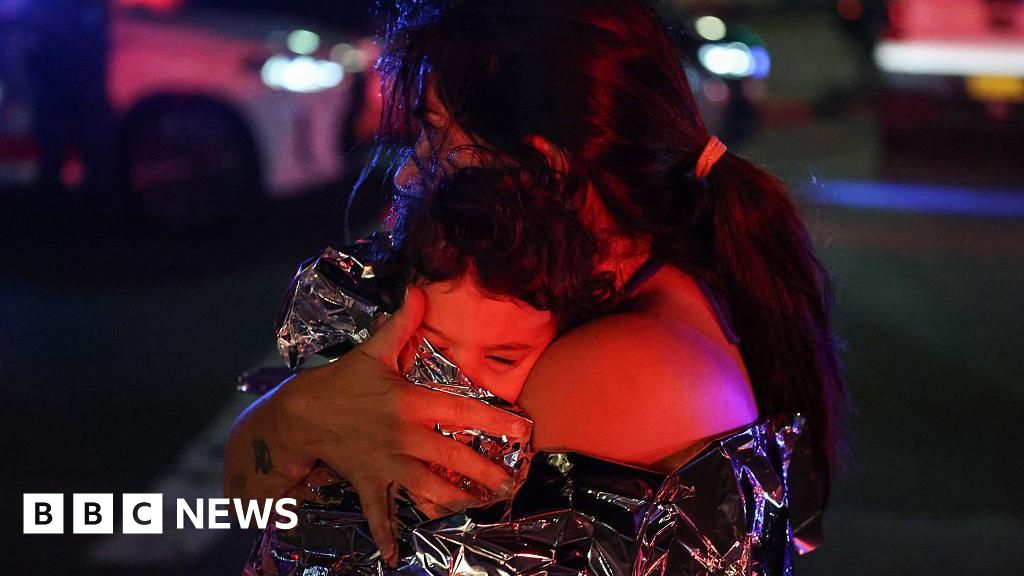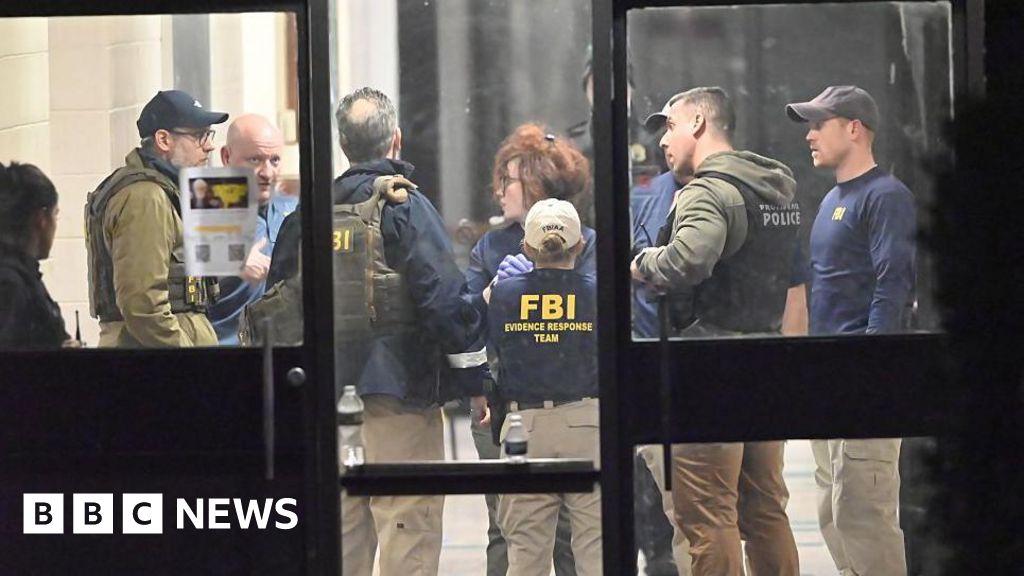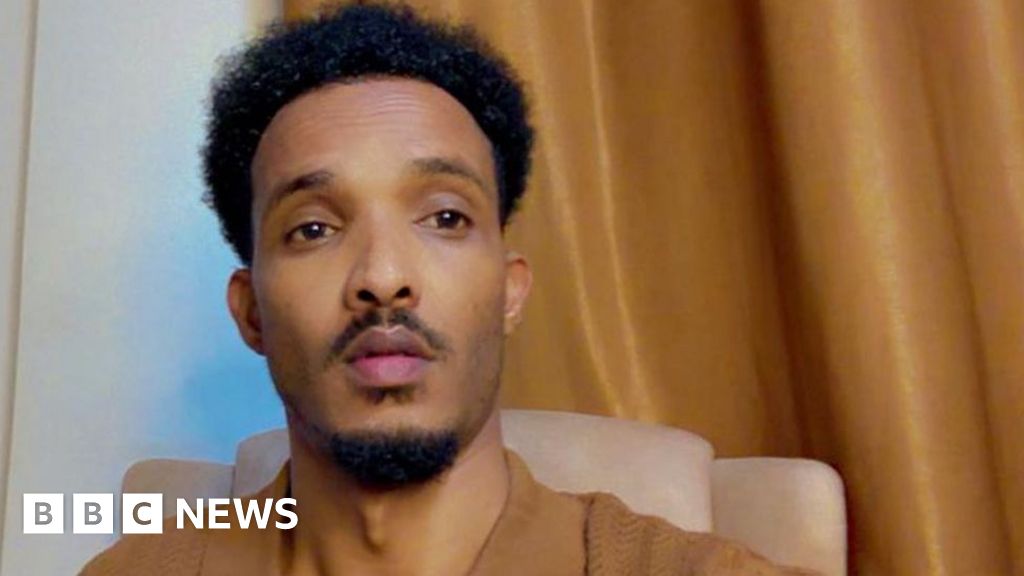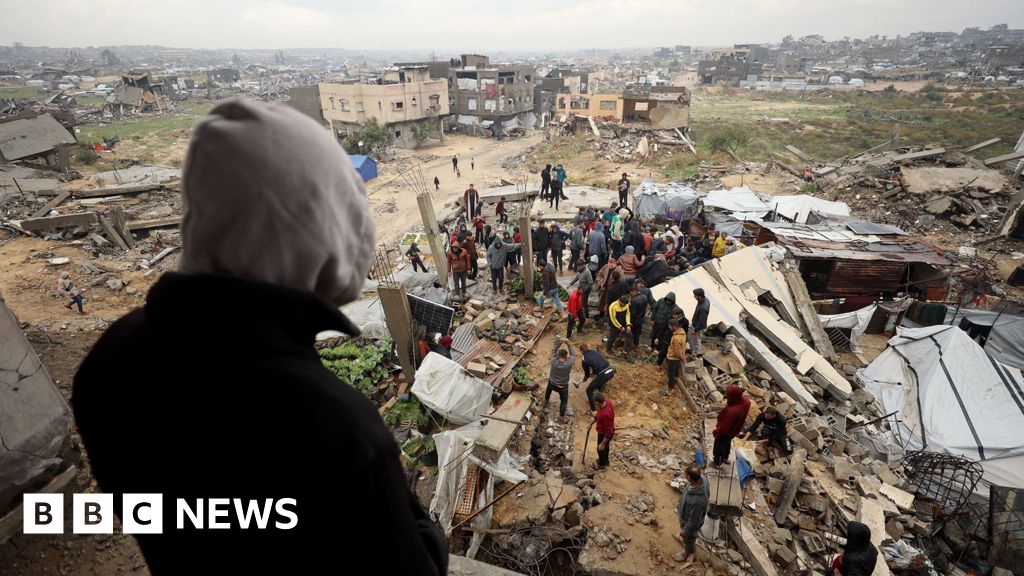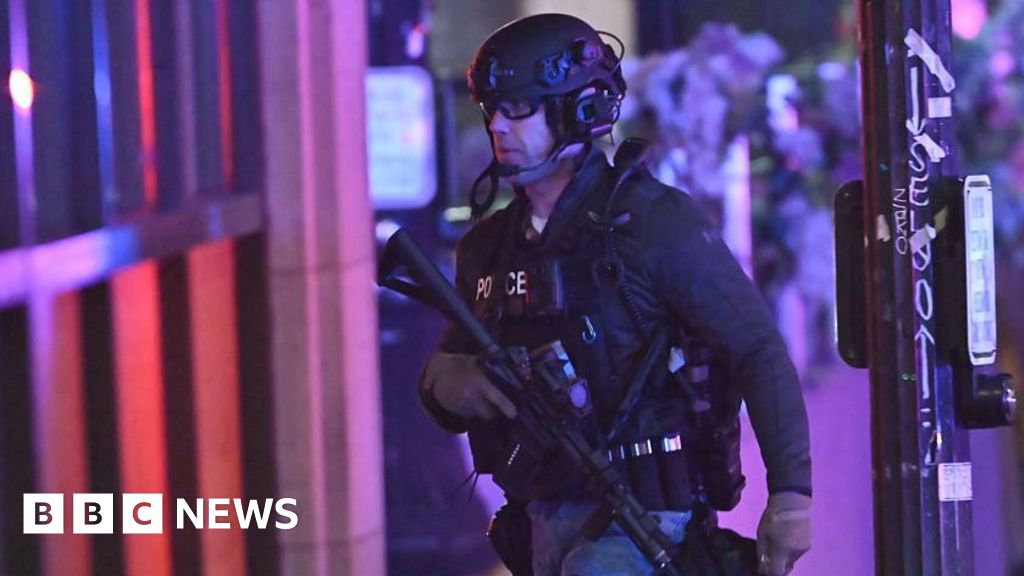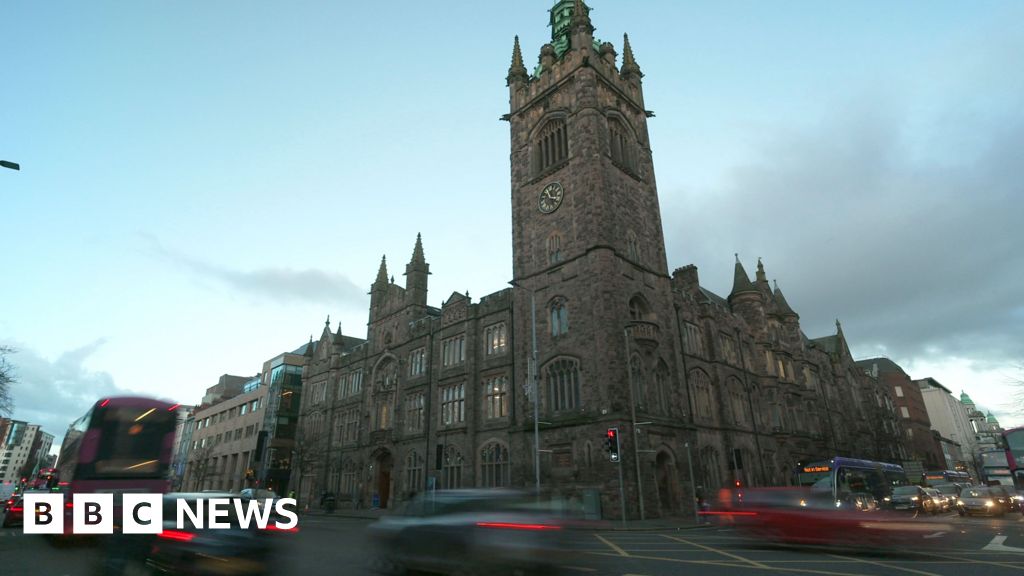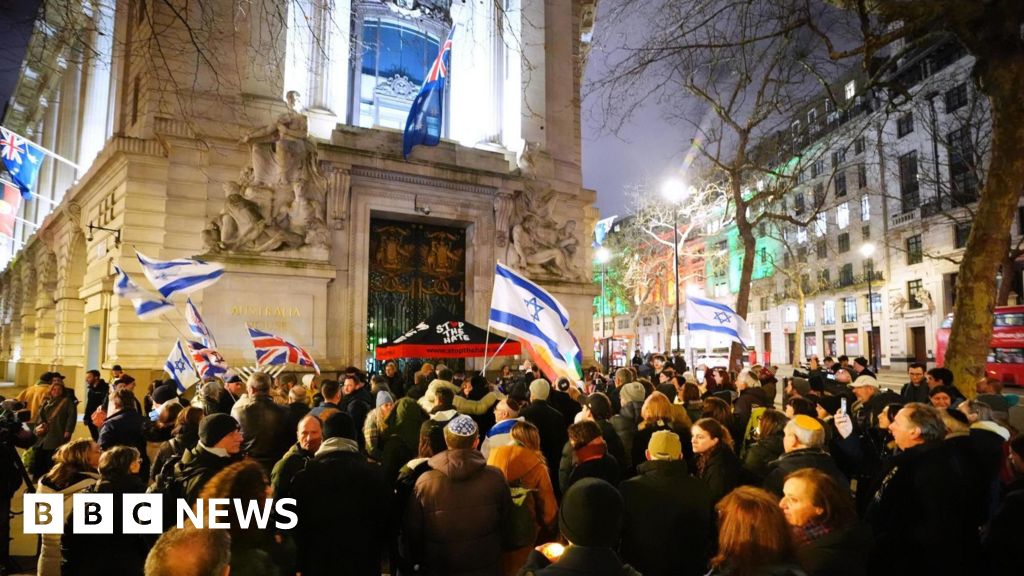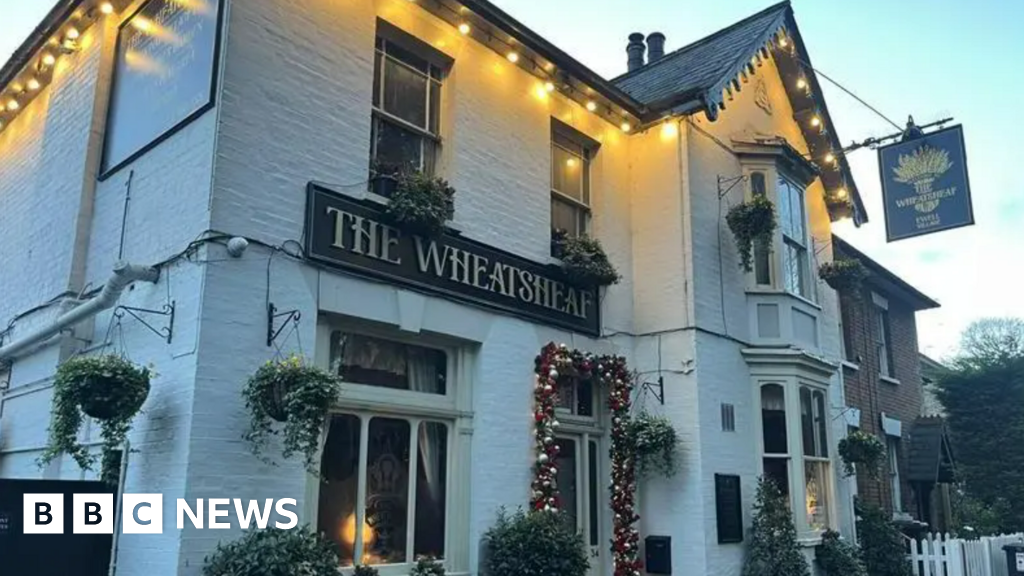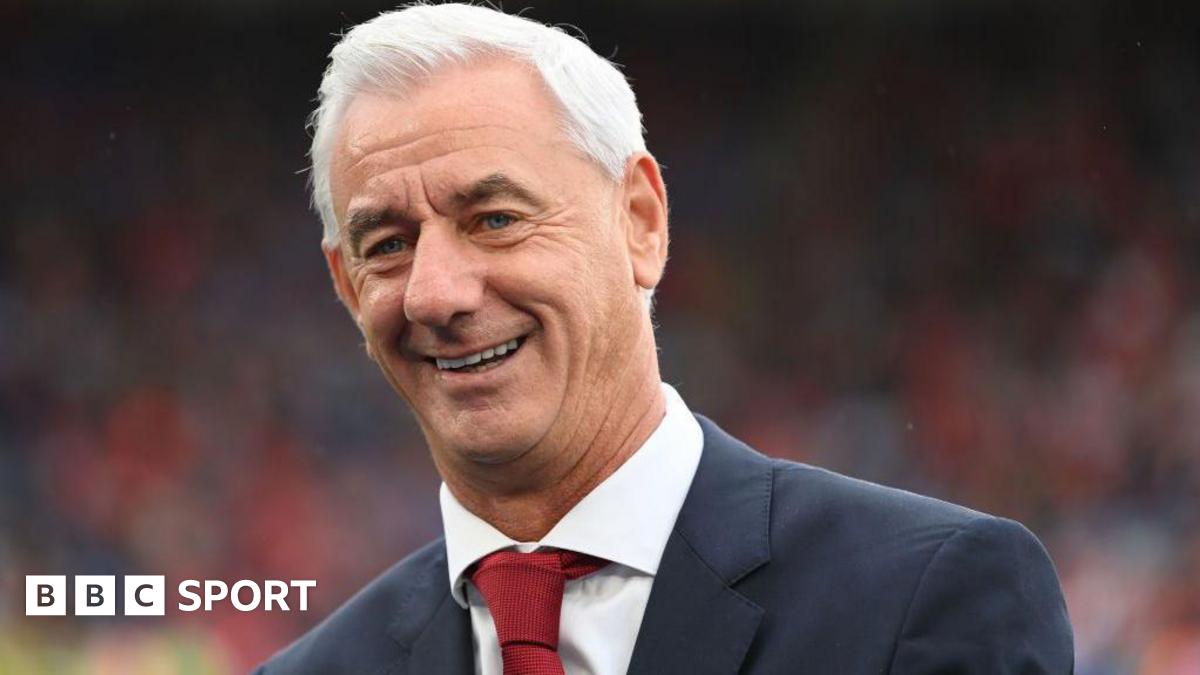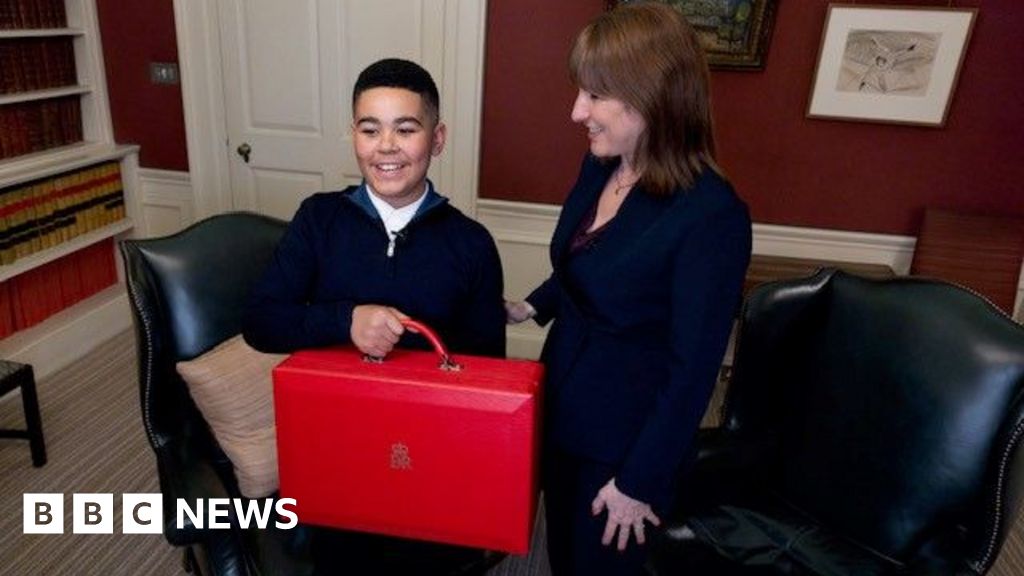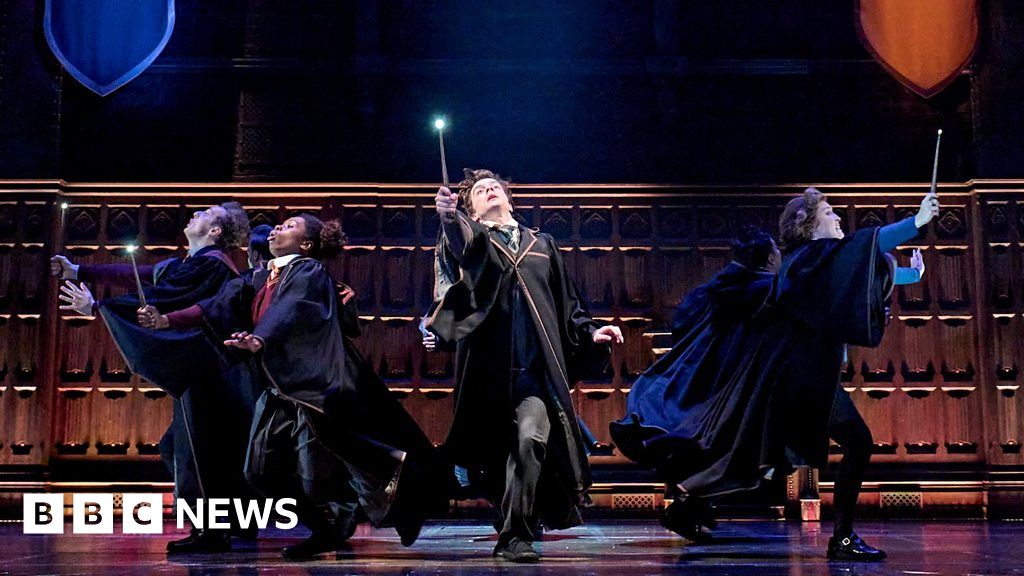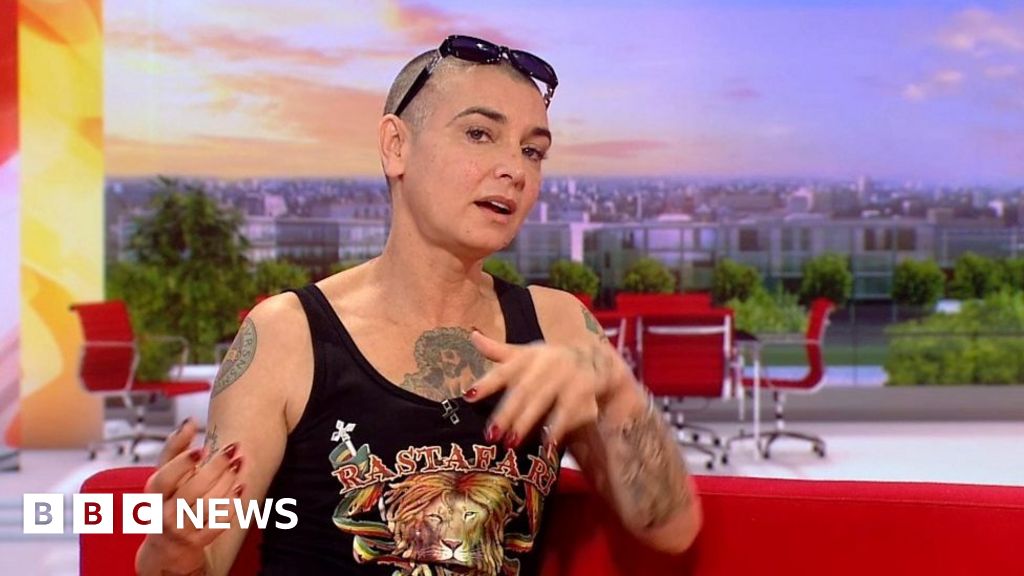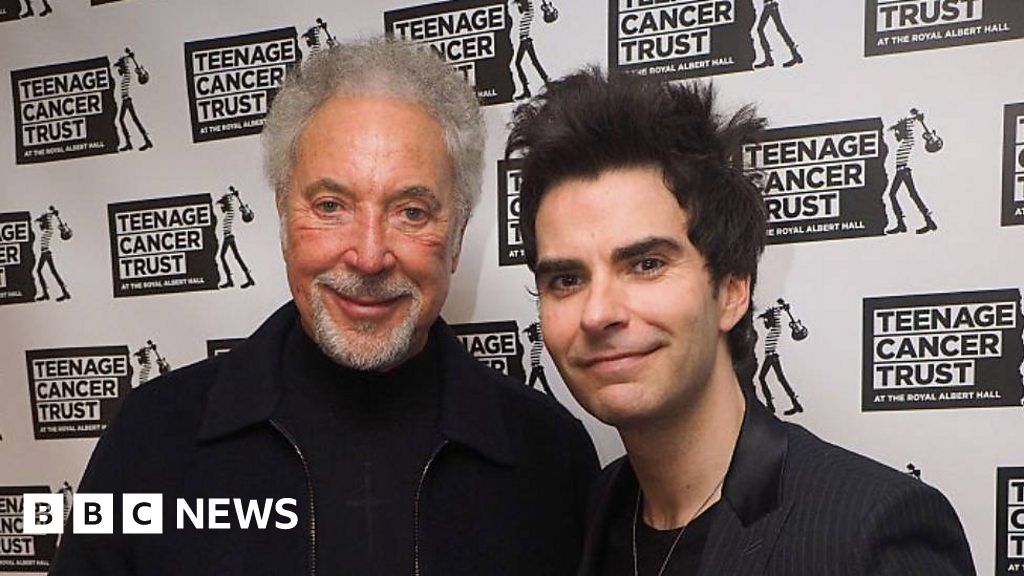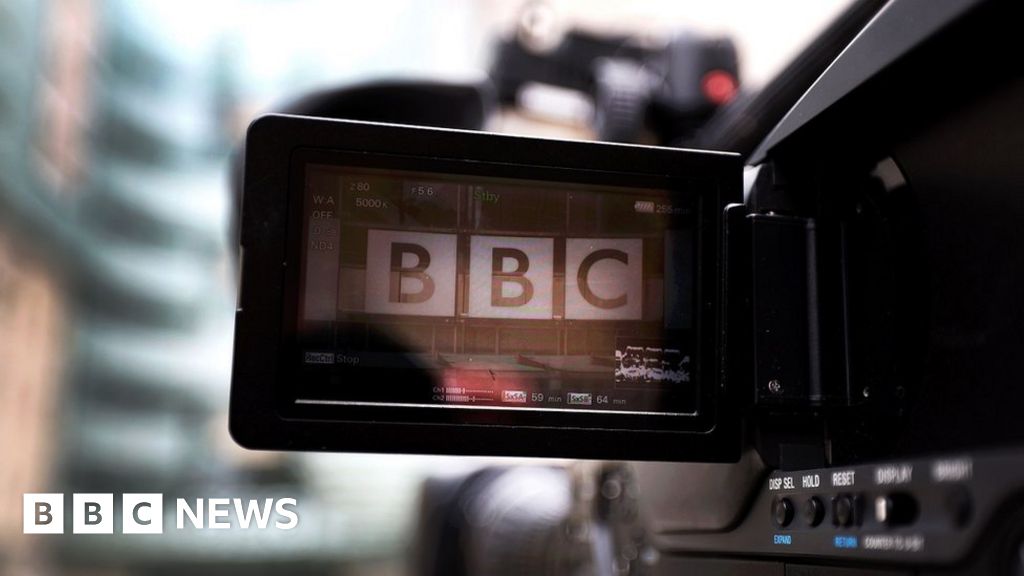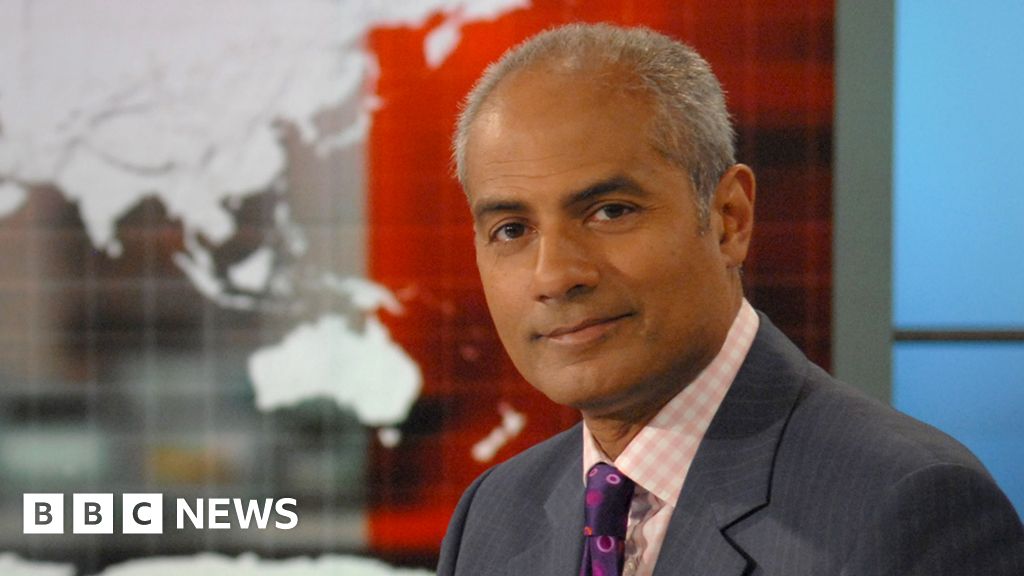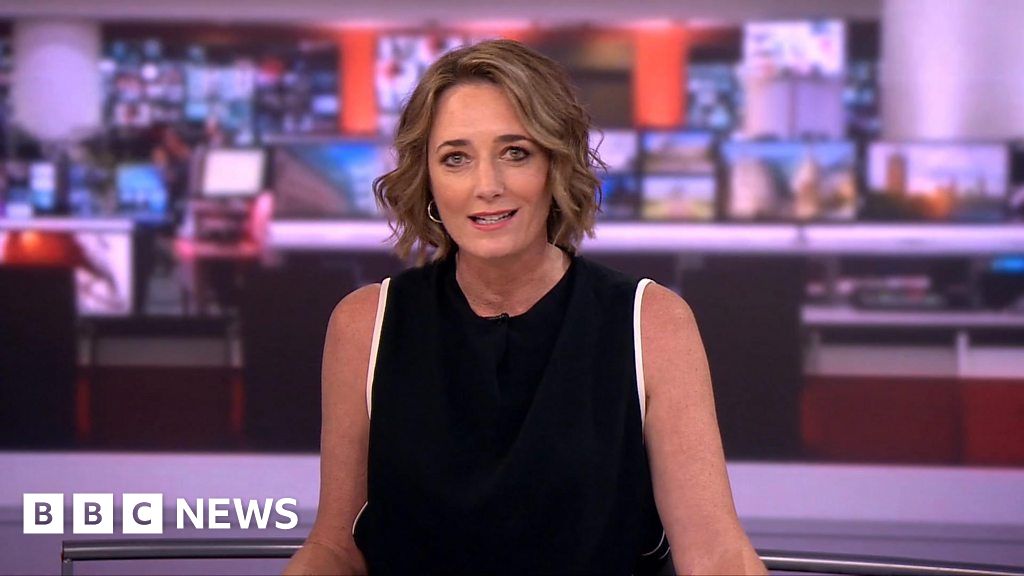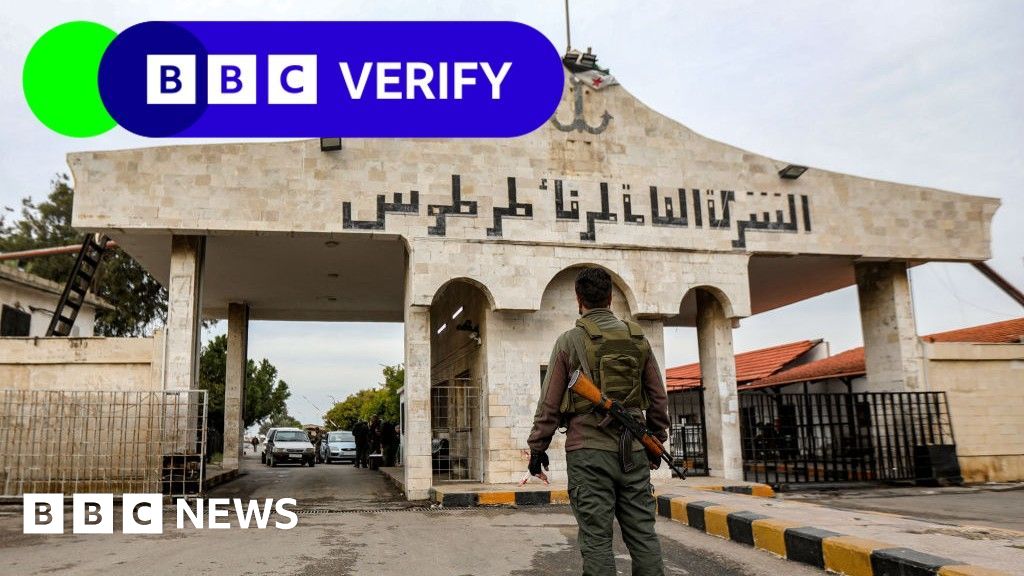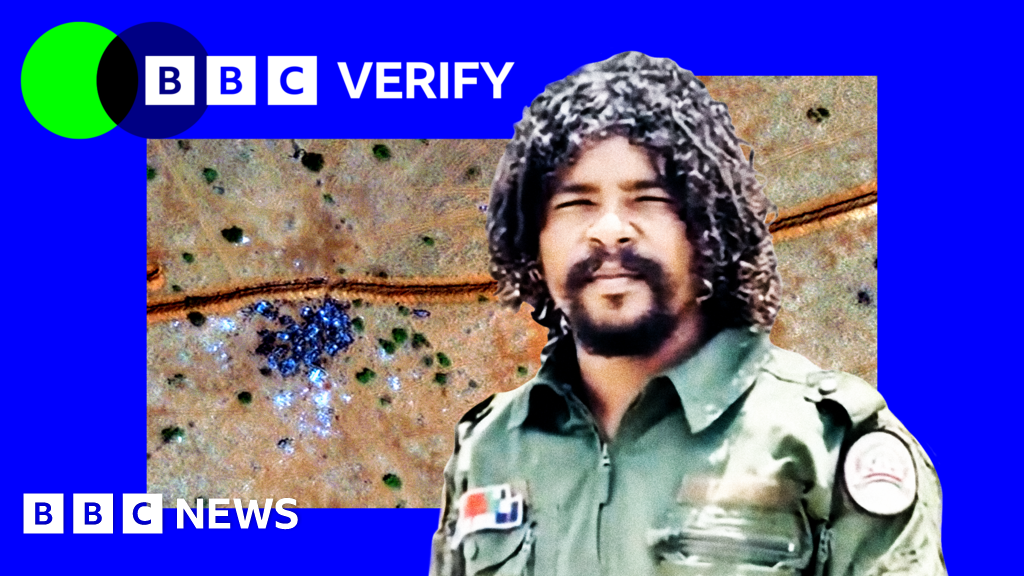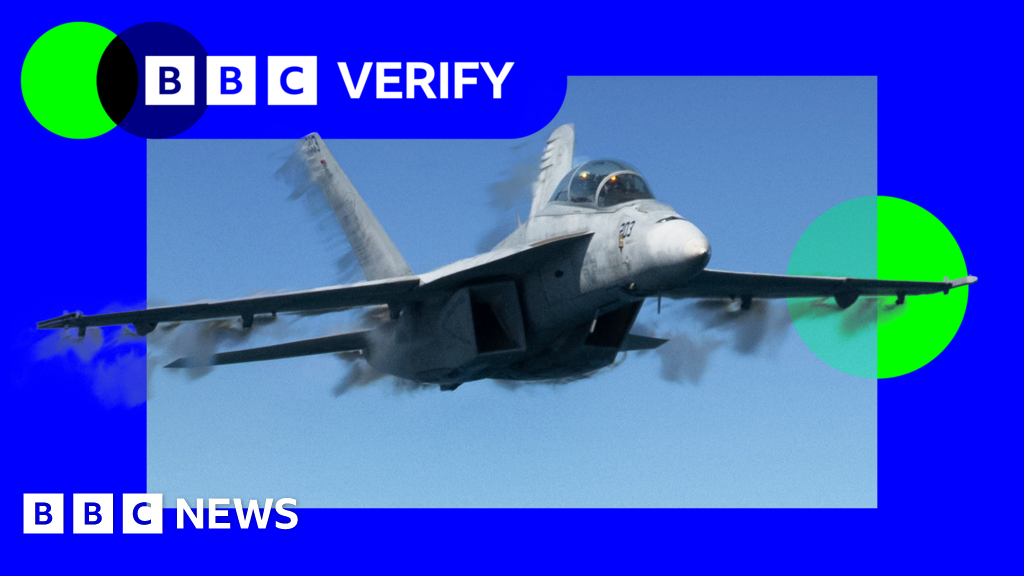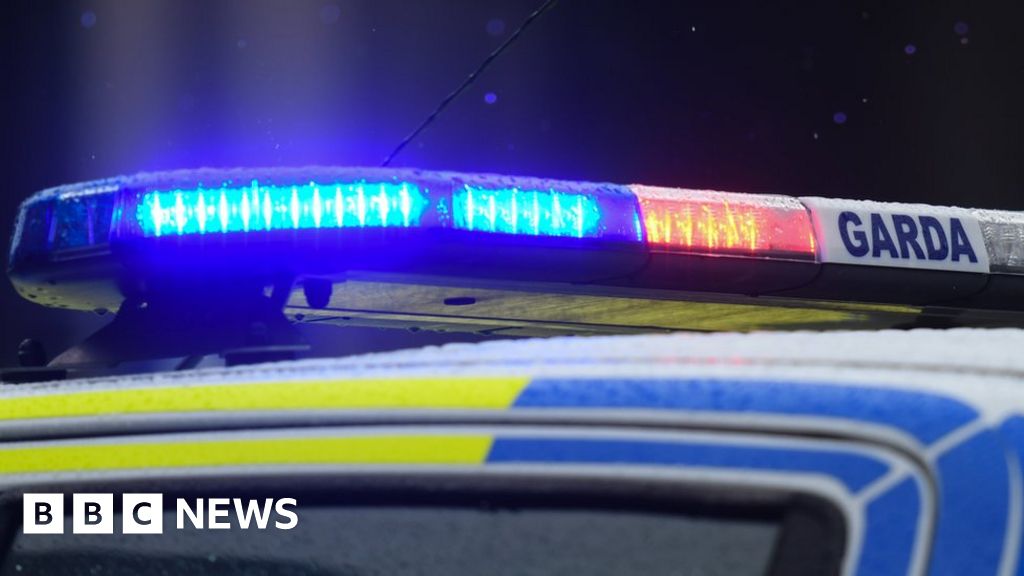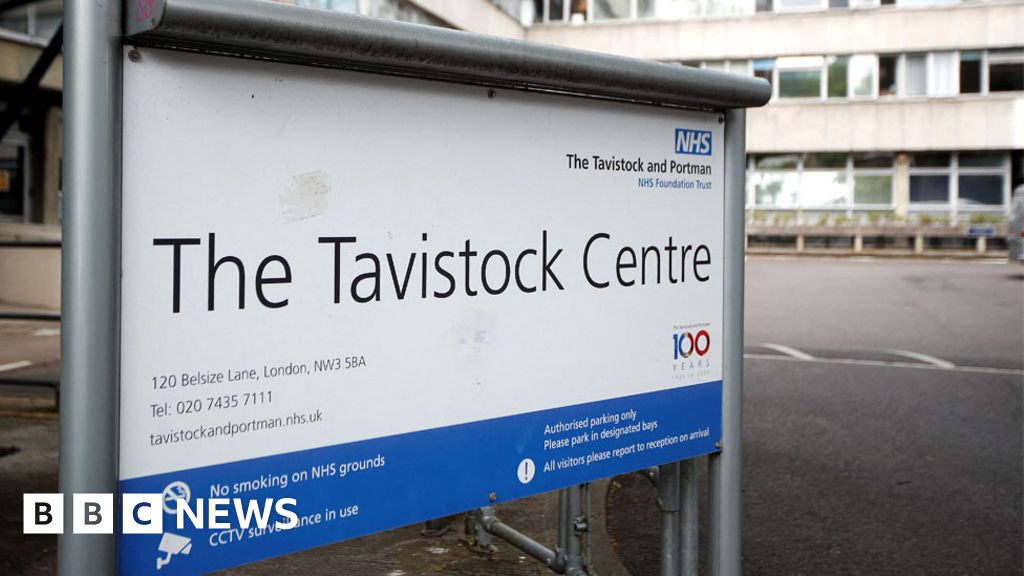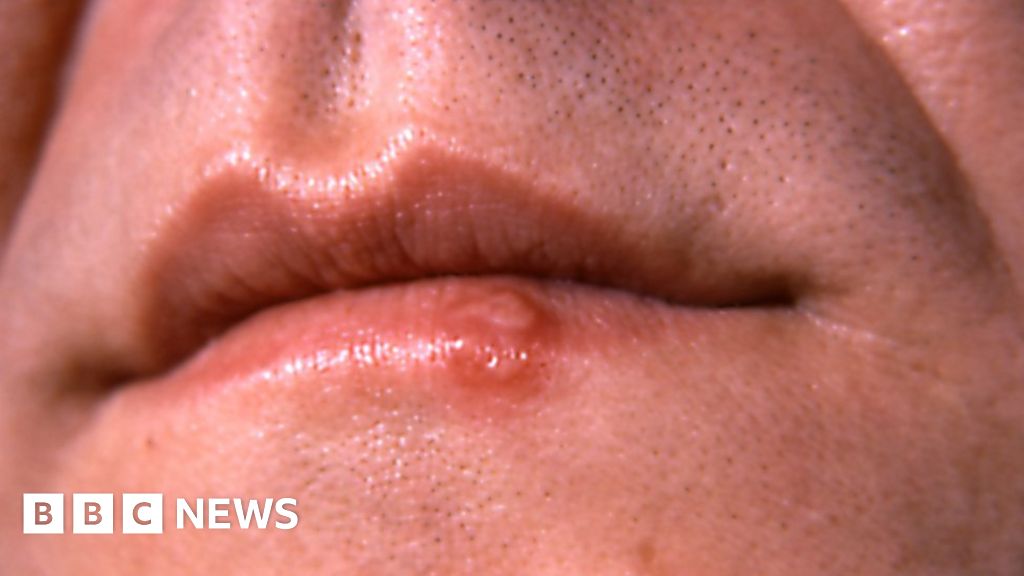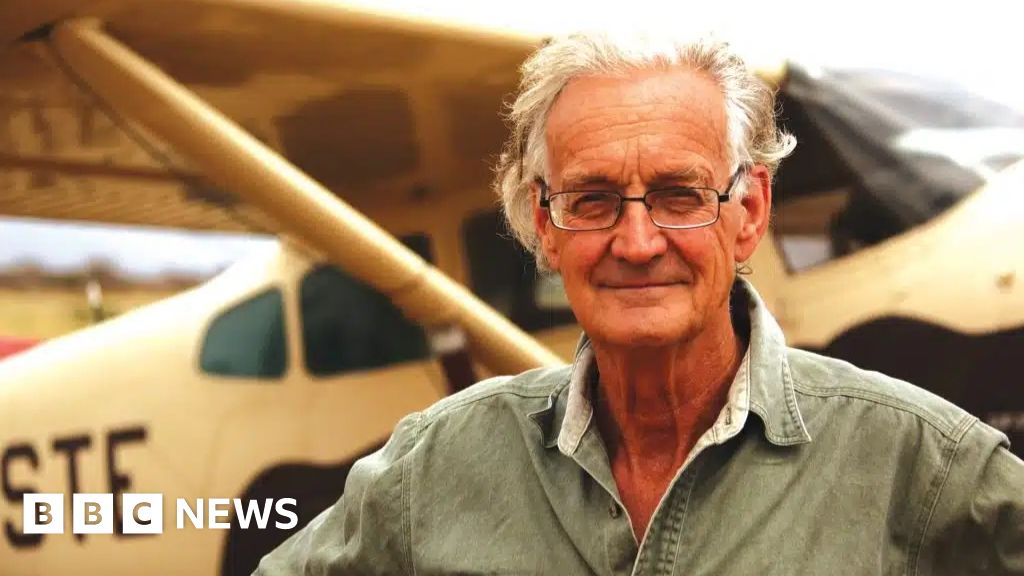BBC Verify
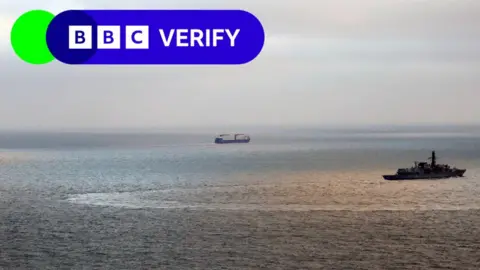 PA Media
PA MediaTwo Russian ships linked to its military have docked at the Kremlin’s naval base on the Syrian coast at Tartous, with experts suggesting that an anticipated evacuation of the facility has finally begun.
The Sparta and the Sparta II docked in Tartous on Tuesday. Both ships are sanctioned by the US and have been linked by Ukraine to the transportation of Russian arms.
Analysts anticipated that Russia would reduce its military footprint from Syria following the fall of the Assad regime in December – which it supported throughout the civil war.
Large quantities of military hardware have been moved to the port in recent weeks and have been visible in satellite photos analysed by BBC Verify.
The imagery appears to show dozens of vehicles and other equipment sitting at the port. The hardware first appeared in mid-December following footage of large columns of Russian vehicles moving north towards the base – indicating they had been redirected from other outposts across the country.
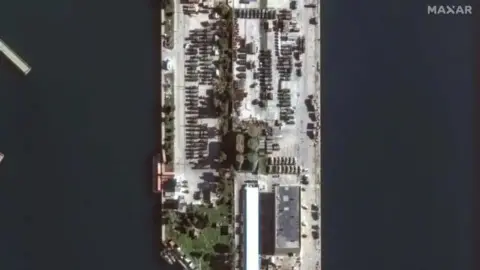 Maxar
MaxarThe ships’ arrival coincides with reports in Syrian media that Russia’s lease for the port has been cancelled. The new transitional government in Damascus refused to confirm the reports to the BBC, while Kremlin spokesperson Dmitry Peskov also declined to comment when asked during a news conference in Moscow.
Tartous has been a key base for Russia in recent years, allowing it to refuel, resupply and repair vessels in the Mediterranean.
The Kremlin has appeared keen to retain control over the base, and said in December that Russian officials were speaking to the new authorities about a continued presence.
Analysts have suggested that the Sparta and the Sparta II – which are ultimately owned by Oboronlogistika LLC – a shipping company which operates as part of the Russian ministry of defence, were denied permission to dock at Tartous while discussions continued. The ships have spent several weeks off the coast of Syria in the Mediterranean Sea.
Marine tracking sites show the ships finally docked on Tuesday evening, after which they switched off their transponders.
The weather in recent days has made it difficult to obtain clear satellite pictures. But images from the EU’s Sentinel radar satellites – which are low resolution but capable of penetrating cloud cover – revealed that the ships were in the military section of the port.
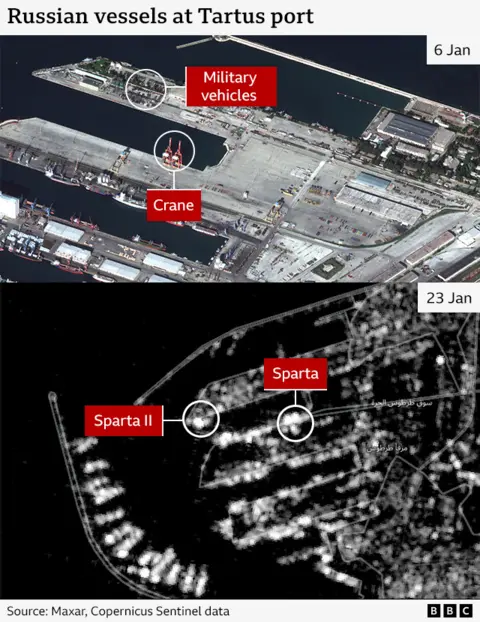
Until now, no Russian military vessels had been spotted at Tartous since the fall of Assad regime in early December. In earlier high-resolution satellite imagery dozens of military vehicles could be seen parked near where the vessels are now docked. Also nearby were cranes which may be used to load equipment.
It is possible that two other Russian naval vessels are also present in the port, naval analyst Frederik Van Lokeren told BBC Verify. He said the vessels, Ivan Gren and the Alexander Otrakovsky, could also be involved in an evacuation – a sentiment echoed by Ukrainian military intelligence to BBC Verify.
“With the 49 year lease being cancelled it has become very clear for Russia that it can no longer hope to maintain a military presence in Tartous and as such, there appears to be no point in staying there and delaying the maritime evacuation any longer,” Mr Van Lokeren added.
The evacuation of all of Russia’s equipment may take some though, according to Anton Mardasov from the Middle East Institute’s Syria programme.
“Over the years much more has been brought in there than these ships and vessels can take,” Mr Mardasov told BBC Verify.
Meanwhile, there has also been continued activity at the main Russian airbase in Syria, Hmeimim. Satellite images have shown large Russian aircraft being loaded with military equipment on various dates since the fall of the Assad regime.
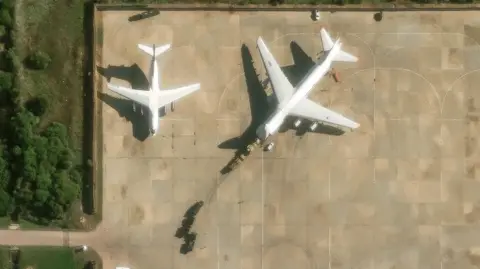 Maxar
MaxarUkrainian military intelligence said Russia flights had transferred military personnel and equipment from Hmeimim to airbases in Libya at least 10 times since mid-December. The Kremlin is already supporting the Tobruk-based warlord Khalifa Haftar in the east of Libya.
Moscow has long maintained a presence at two of the bases mentioned by Ukrainian intelligence – Al-Khadim and Al-Jufra. A former member of the UN’s working group on mercenaries, Dr Sorcha MacLeod, told BBC Verify that the facilities were previously run by the Wagner Group.
She said that Russia’s defence ministry has taken over responsibility for the bases through its new Africa Corps. The force is run directly by Moscow and has taken over much of the Wagner Group’s former role.
Dr Macleod added that the relocation of Russian forces to the country “makes sense given that Libya has become such a big hub for Africa Corps operations and access into West Africa”.
Additional reporting by Ned Davies and Joshua Cheetham. Graphics by Mesut Ersoz.


